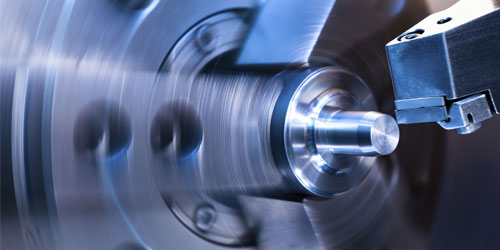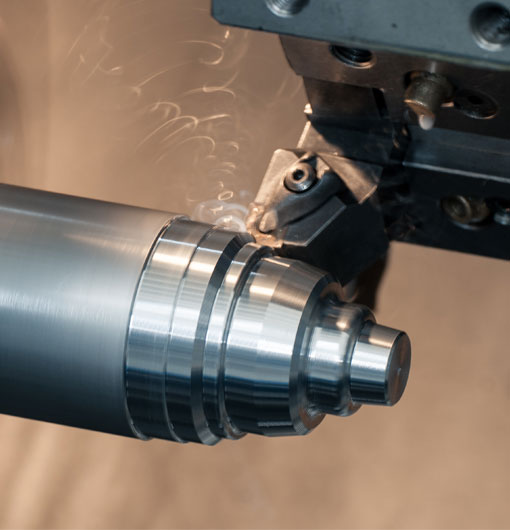The art of ball turning with a CNC lathe has evolved over the years with the advent of new cutting tools, materials, and CNC technology. Today, precise and intricate shapes can be created using advanced CNC lathe machines, and ball turning is no exception. In this blog post, we will discuss the various techniques, tips, and tricks involved in mastering the craft of ball turning, providing you with a comprehensive guide to achieving exceptional results.
Understanding the Process of Ball Turning
Ball turning is a process wherein a CNC lathe machine is used to create a spherical shape or a rounded surface on a workpiece. One of the main characteristics of ball turning is the use of both lathe's axes in a coordinated manner to generate the desired shape with smooth and continuous cuts.
The Basic Steps of Ball Turning
1. Programming the CNC lathe:The process begins with programming the CNC machine to follow the specific instructions required to create the desired ball shape.
2. Selecting and mounting the appropriate tooling:The cutting tool should be selected based on material type, desired finish, and machining parameters.
3. Fixturing and positioning the workpiece:The workpiece should be mounted on a suitable fixture, ensuring proper alignment and secure clamping. It is essential to take time and consider the optimal setup to avoid any inaccuracies or vibrations.
4. Setting machining parameters:This includes setting the spindle speed, feed rate, and cutting depth, as well as the angle of the cutting tool. These parameters will directly affect the quality of the final ball turning results.
5. Executing the ball turning operation:Once all parameters are set, the CNC lathe is ready to run the programmed sequence and start creating the spherical shape.
Techniques for Efficient Ball Turning
The following techniques can improve the efficiency and accuracy of your ball turning process:
Tool Path Strategies
When it comes to ball turning, the selection of the tool path greatly depends on the desired finish and the allowable machining time. There are two common strategies to consider:
1. Radial strategy:In this approach, the cutting tool moves radially across the workpiece, making incremental cuts. This allows for better control over surface finish quality but requires more time.
2. Axial strategy:This method involves the cutting tool moving axially along the workpiece, taking overlapping cuts to create the spherical shape. The axial strategy often provides a faster machining process but may result in a lower quality finish.
Tool Selection and Geometry
A key element in successful ball turning operations is choosing the right cutting tool for the job. Different materials and desired surface finishes will require specific tool geometries and features. Some common types of cutting tools used for ball turning include:
Ball-nosed cutters:These versatile tools can create a wide variety of shapes and are particularly suited for engraving and intricate geometric designs.
Radius cutters:Specially designed for ball turning, these tools have a large radius tip that follows the contour of the workpiece, ensuring constant tool contact and reducing vibrations.
Form tools:These custom tools are specifically designed to create the desired profile on the workpiece in a single pass, providing a high level of accuracy and reduced machining time.
Coolant and Lubrication
Proper coolant and lubrication are essential in ball turning operations. The coolant helps to dissipate heat and prevent the workpiece material from adhering to the cutting tool, improving surface finish quality.
Cutting Speeds and Feeds
The cutting speeds and feeds used for ball turning will impact the performance, accuracy, and surface finish. As a rule of thumb, lower cutting speeds should be used for harder materials, while higher speeds can be used with softer workpiece materials.
Tips for Successful Ball Turning
1. Choose appropriate tooling:Select cutting tools that are suitable for the material being machined and the desired surface finish.
2. Optimize your setup:Properly align and secure the workpiece to the machine to minimize vibrations and inaccuracies.
3. Adapt machining parameters:Adjust the cutting speed, depth of cut, and feed rates according to the workpiece material and desired finish.
4. Monitor tool wear:Inspect the cutting tool periodically for signs of wear or breakage, as this can affect the final results.
5. Utilize polishing techniques:Post-machining polishing can improve surface finish and smooth any remaining imperfections.
By mastering the techniques and tips outlined in this blog post, you can elevate your ball turning skills and produce high-quality results using your CNC lathe. Remember that practice makes perfect, and with time and experience, you will become a versatile machinist capable of tackling even the most complex tasks.
ball turning cnc lathe













